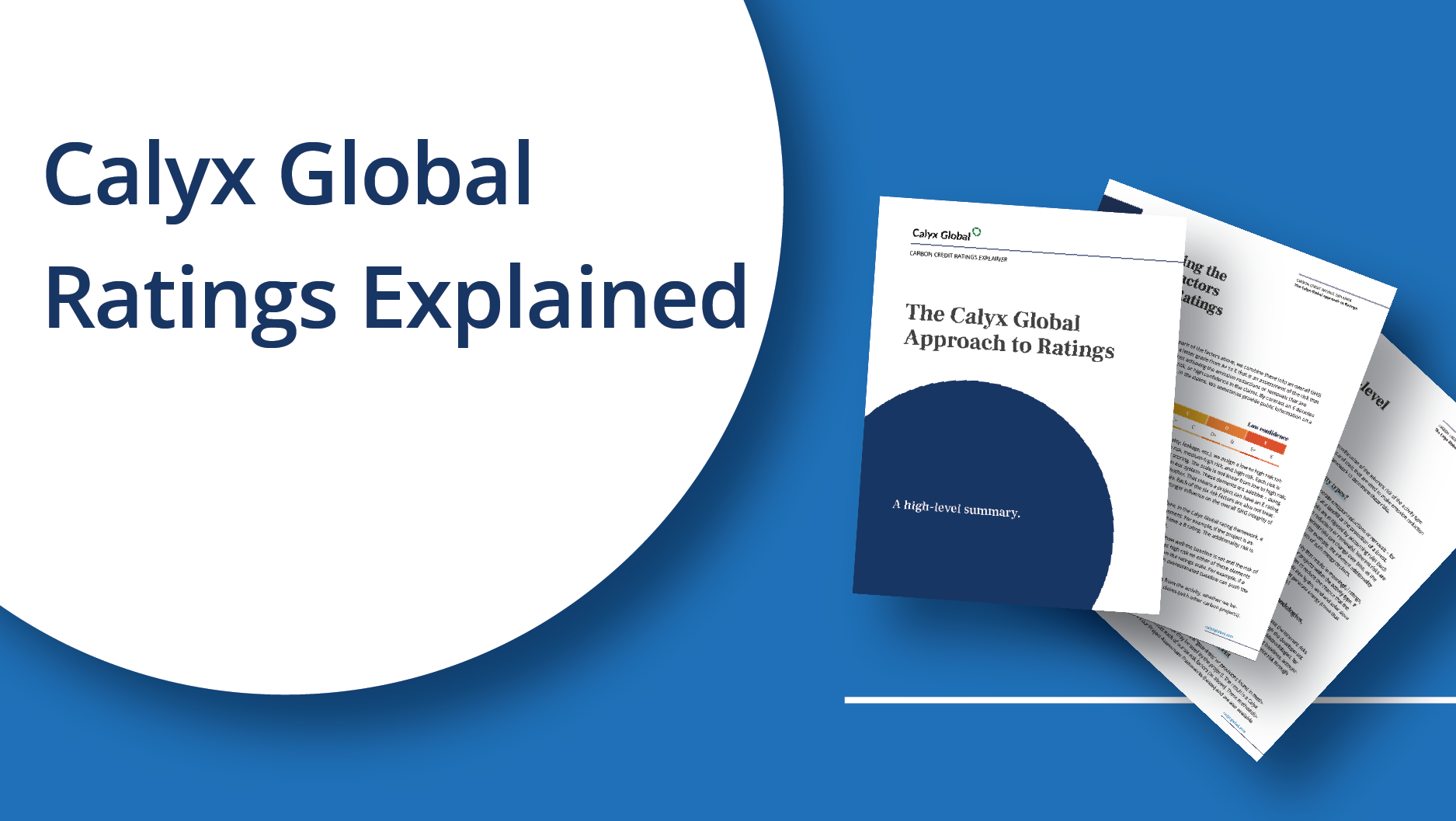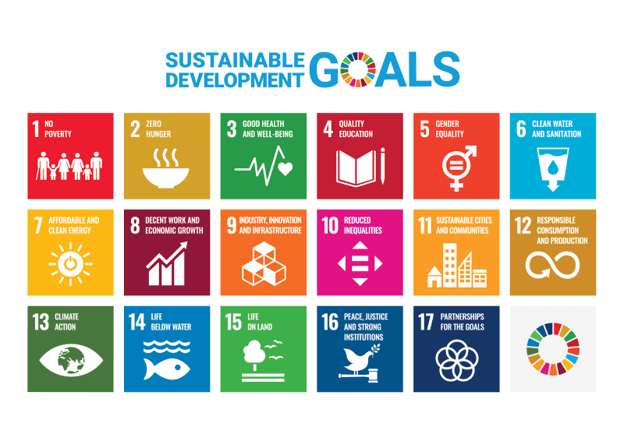
To help buyers make more informed decisions as they navigate the carbon market, Calyx Global has developed a robust, evidence-led process for evaluating the integrity of a carbon credit. When assessing quality, we look at two aspects of a carbon credit, the first being the risk that a credit will not deliver on its promise to reduce emissions or remove carbon and the second is a rating of claimed contributions towards Sustainable Development Goals (SDGs). We evaluate these separately to allow companies to understand how a particular credit aligns to their unique goals.



The Calyx Global process for evaluating the GHG impact of carbon credits
The Calyx Global approach to rating carbon credits is a multi-step, systematic process that begins with established peer-reviewed assessment frameworks. A three part evaluation is applied to the greenhouse gas reduction or removal claims of every carbon credit, including a program-, methodology- and project-level assessment.
The methodology- and project-level assessments evaluate six risk factors, including additionality, over-crediting (baseline, project emissions, leakage), permanence and overlapping claims. The project assessment frameworks consistently follow an overarching framework to drive consistency in the ratings, but focus on unique considerations based upon the project type. For example, renewable electricity using ACM2 is split into hydro, wind and solar since these have different characteristics; or for landfill gas we look at projects that generate energy (those that capture and use the energy) versus those that flare (i.e., GHG destruction only). As different project types have unique strengths, weaknesses and considerations, a granular approach ensures we’ve investigated and accounted for the highest risk areas.
For each project type our team looks at a range of information – starting with the project documents, but also using a range of publicly available information. We have geo-spatial information system (GIS) experts that look at remote sensing data; we research country regulations and penetration rates of various technologies; we assess whether certain practices are common, and more..png)
How Calyx Global scores SDGs
SDGs are important to making progress towards a healthier planet and equitable society. Sustainable Development Goals are a “blueprint” to achieving a more sustainable future, set by the United Nations. Goals can encompass everything from halting biodiversity loss to reducing inequalities in marginalized communities. Some organizations/companies see SDGs as a strategic opportunity and others solely on making sure there are less greenhouse gasses in our atmosphere. Whatever your goal, getting clear on the claims you can credibility make with your carbon credits of choice will be important. By providing a separate SDG rating, Calyx Global helps organizations understand trade-offs and make informed impact investment decisions. 

So how do we do that? The score for each SDG contribution reflects the extent to which the benefit can be attributed to the project by the level of change achieved and the quality of evidence provided. That means if a credit claims to increase access to food, it needs to provide sufficient evidence of that change over time. Calyx Global SDG rating assesses impact rather than risk, unlike our greenhouse gas risk rating. Because there are many non-interdependent SDG goals, a low score by Calyx Global on one contribution will not detract from high scores on other contributions.
Dive deeper into our process
Learn more about the Calyx Global ratings process by reading our paper Calyx Ratings Explained.
Get the latest delivered to your inbox
Sign up to our newsletter for the Calyx News and Insights updates.
